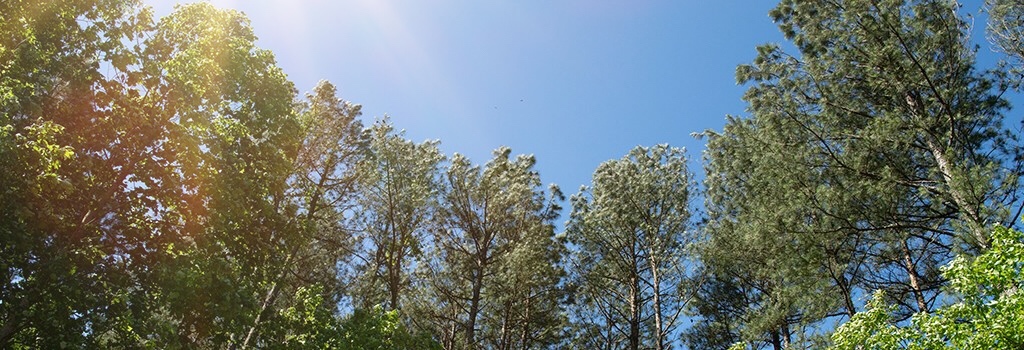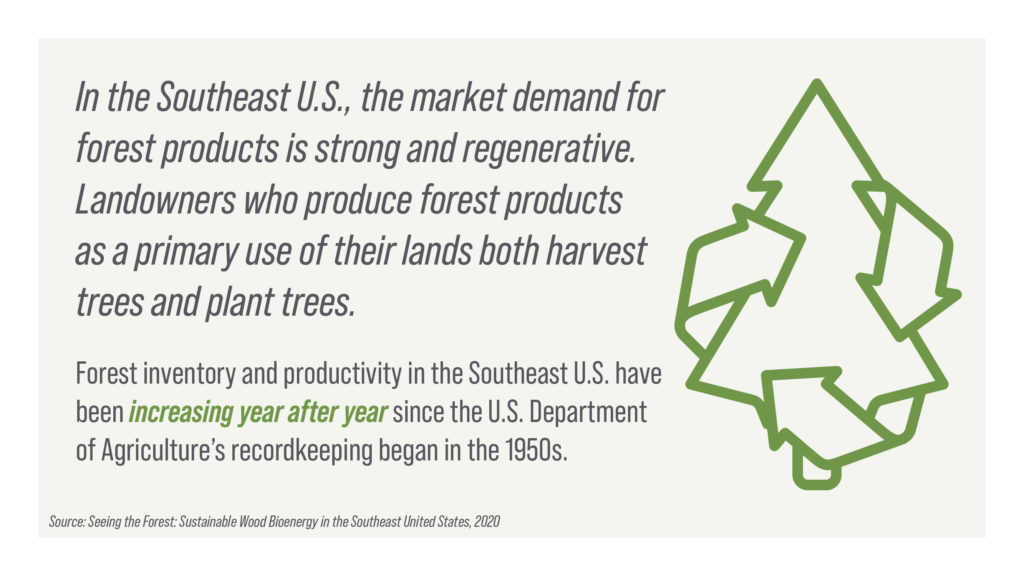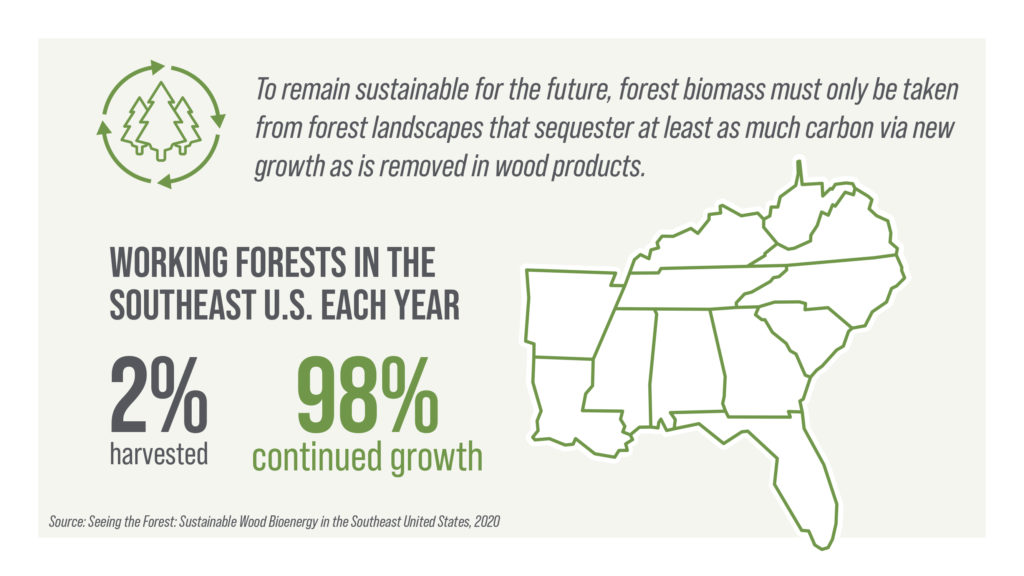Carbon Emissions: Zoom out to Gain Clarity

The generally accepted carbon accounting treatment for biomass – in other words, how stack emissions of CO2 are treated when biomass energy is used to help countries meet their emissions targets – does not automatically treat biomass as carbon neutral. Instead, it is tied to the carbon stock status of the forest landscape where the wood is sourced.
We couldn’t agree more. Essentially, all wood used to produce bioenergy needs to pass a litmus test: Are the carbon stocks on the forest landscape where the wood is sourced going up, going down, or staying the same over time? If stocks are stable or increasing, that means the amount of wood and carbon in that landscape are steady or growing year over year while sustainable harvests are occurring in that very same landscape.

Why does measuring and monitoring the forest landscape matter for carbon neutrality? It matters because one of the often-highlighted disagreements for measuring emissions is the timing. The question is this: precisely when are the emissions at the stack offset by forest growth? This is a critical question because we can’t wait for carbon to be captured later; we must apply solutions now.
Some argue that wood bioenergy only has a net climate benefit after decades of the forest growing back, but that is based on a narrow view that the forest is a small stand of trees. This limited view of a forest is called stand-level accounting and it is fundamentally flawed because it doesn’t consider the fact that harvests occur across a dynamic landscape and that regrowth occurs along with individual harvests. More accurately, landscape accounting captures the integrated effect of all the simultaneous harvest and regrowth events occurring within a forest landscape.
We don’t have to wait for forest growth into the future to offset the emissions from burning wood because forests are not measured by individual stands. Forests are managed on much larger scales, so their net climate benefit is most appropriately measured at the landscape scale.
The Southeast U.S. is a forest landscape made up of millions of acres and individual stands of trees, and they each play their part in capturing carbon emissions. In this region only 2% of forest area is harvested to produce multiple wood products every year, while there is continued regrowth and sequestration across the remaining 98% of the landscape.

The biomass sourced from this growing working forest landscape provides an immediate carbon benefit because the forest that is not being harvested is in various stages of regrowth, capturing more carbon each year than is released during annual harvest and the combustion of bioenergy.
The biomass from this forest does not cause a net increase in emissions experienced by the atmosphere. We know this because the data show that Southeast U.S. forests pass the test. Their carbon stocks are stable – actually increasing – and our product is thus providing net decarbonization benefits.
In fact, in the Southeast U.S. – where one-fifth of the wood used annually around the world is produced – forests have steadily grown by 40% over the last 25 years and private landowners have been managing, harvesting, and reharvesting working forests for generations.
For more information on landscape accounting, please see our recent white paper, Seeing the Forest.
